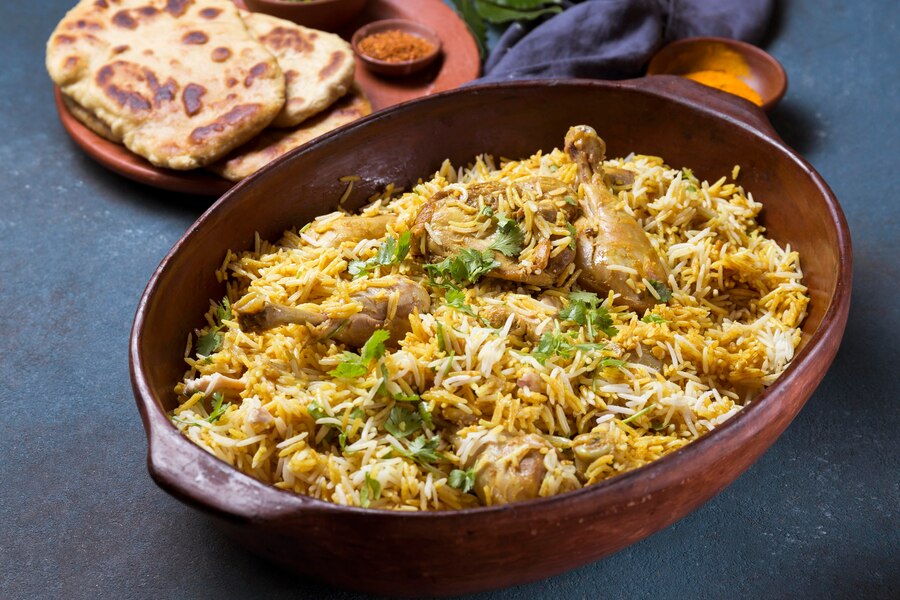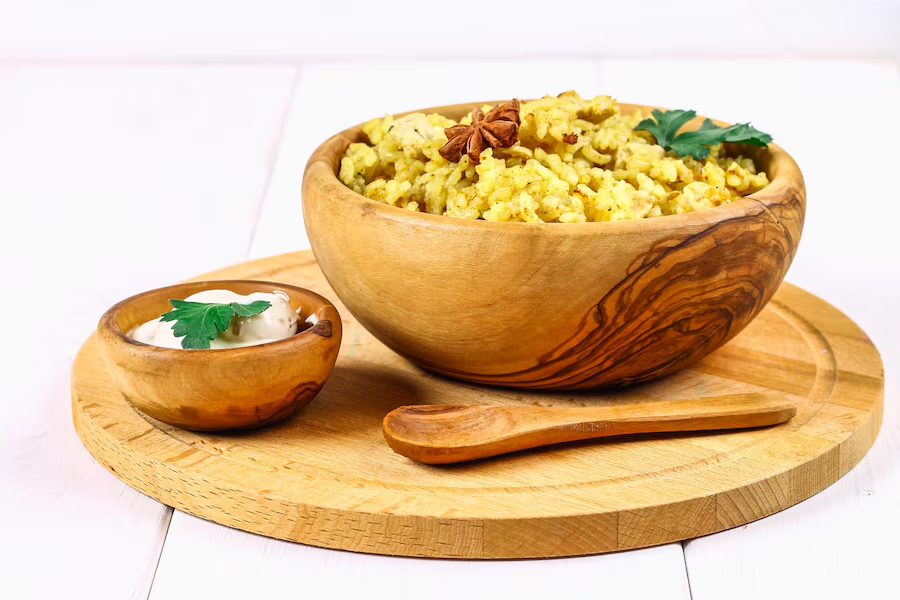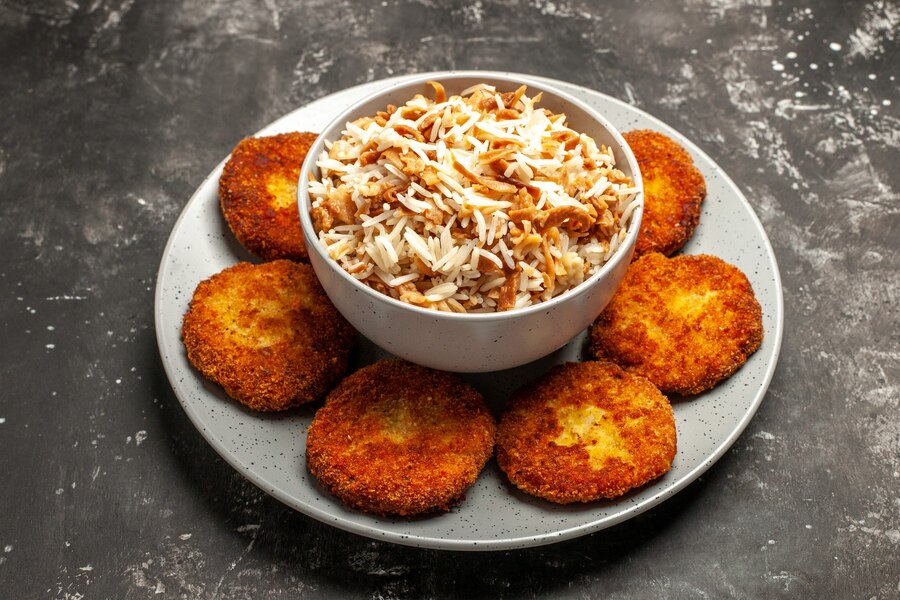
kanikama, also known as crab sticks, offers a delightful entry into the world of Japanese cuisine, blending tradition with innovation. This versatile ingredient has captivated food enthusiasts globally, making it an essential component in both traditional and modern dishes.
Kanikama’s origins trace back to Japan in the 1970s, where it was invented as a cost-effective alternative to real crab meat. By leveraging the abundance of white-fleshed fish, Japanese food technologists ingeniously created a product that mimicked the texture and flavor of crab. This innovation quickly gained popularity, not only for its affordability but also for its impressive culinary versatility.
Today, kanikama holds a significant place in Japanese cuisine and has become a beloved ingredient in kitchens worldwide. Its convenience and adaptability make it a go-to choice for chefs and home cooks alike, allowing them to craft delectable dishes without breaking the bank.
Despite being a processed seafood product, kanikama offers a surprising array of nutritional benefits. It is low in calories, making it an excellent option for those watching their weight. A typical serving of kanikama provides a good source of protein, which is essential for muscle growth and repair.
Kanikama is also rich in vitamins and minerals such as vitamin B12, which supports nerve function, and phosphorus, which is vital for bone health. Additionally, it contains omega-3 fatty acids, known for their heart-protective properties. These nutrients make kanikama a valuable addition to a balanced diet.
However, it’s important to note that kanikama can be high in sodium due to the processing methods used. Individuals with hypertension or those on a low-sodium diet should consume it in moderation. Always check the nutritional labels for detailed information.
 The manufacturing process of kanikama is a fascinating blend of tradition and technology. It begins with the selection of white-fleshed fish, commonly Alaskan pollock, which is deboned and washed thoroughly. The fish is then minced into a paste called surimi.
The manufacturing process of kanikama is a fascinating blend of tradition and technology. It begins with the selection of white-fleshed fish, commonly Alaskan pollock, which is deboned and washed thoroughly. The fish is then minced into a paste called surimi.
To create the signature crab-like texture, the surimi is mixed with starch, egg whites, and flavorings. This mixture is then shaped into sticks and steamed until it sets. Finally, the kanikama sticks are coated with a thin layer of red food coloring to mimic the appearance of crab legs.
The meticulous attention to detail in this process ensures that each piece of kanikama delivers the desired taste and texture, making it a favorite ingredient in various culinary applications.
One of the most appealing aspects of kanikama is its versatility in cooking. It can be used in an array of dishes, from traditional Japanese recipes to creative fusion cuisine.
Popular Kanikama Recipes:
Creative Uses in Non-Traditional Dishes:
With growing concerns about sustainability in seafood production, kanikamas manufacturers are taking steps to ensure responsible sourcing and processing practices. Many companies now prioritize sustainable fishing methods and adhere to strict quality standards to minimize environmental impact.
Sustainability Practices:
Health Considerations:
While kanikamas is a convenient and nutritious option, it’s essential to be mindful of certain health considerations. The processing involved in making kanikamas often includes additives such as preservatives and artificial flavorings. Consumers should opt for brands that use minimal additives and prioritize natural ingredients.
Additionally, individuals with seafood allergies should exercise caution, as kanikamas contains fish proteins that may trigger allergic reactions.
 To enjoy the best quality kanikamas, it’s crucial to know how to select and store it properly.
To enjoy the best quality kanikamas, it’s crucial to know how to select and store it properly.
Selecting High-Quality Kanikama:
Storing and Preserving Freshness:
Kanikamas is more than just a crab meat substitute; it’s a versatile, nutritious, and sustainable ingredient that has earned its place in kitchens worldwide. From traditional Japanese dishes to innovative culinary creations, kanikamas offers endless possibilities for food enthusiasts.
It is a long established fact that a reader will be distracted by the readable content of a page when looking at its layout. The point of using Lorem Ipsum is that it has a more-or-less normal distribution
contact us : laynmade5@gmail.com